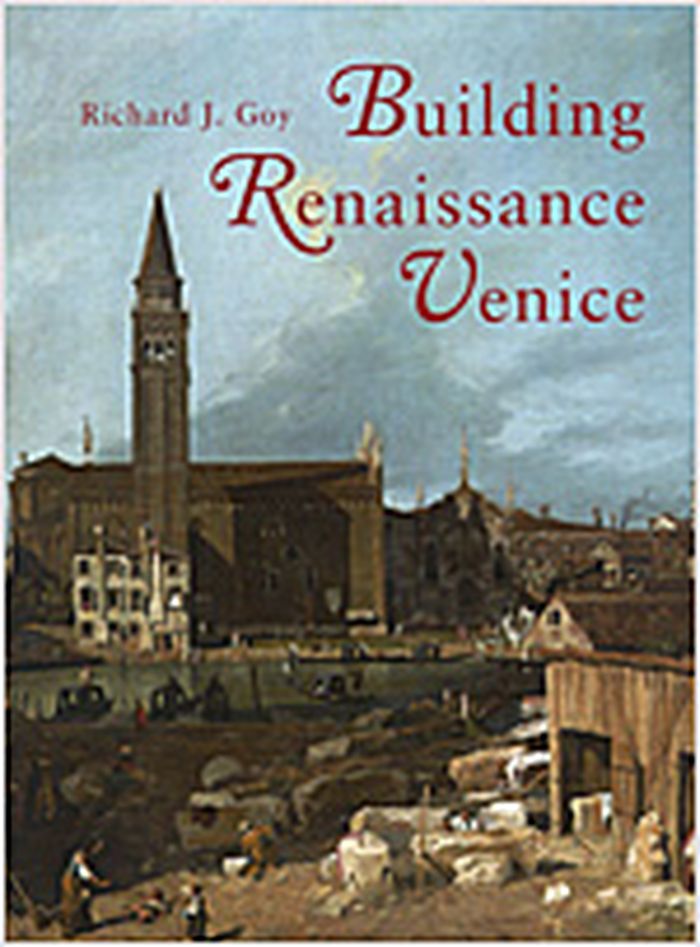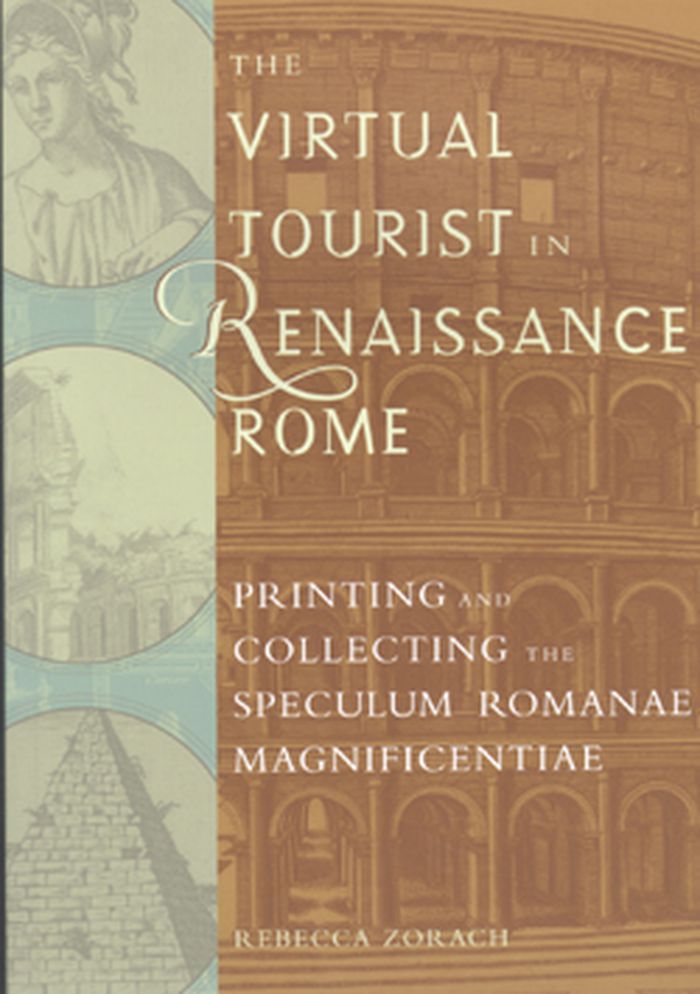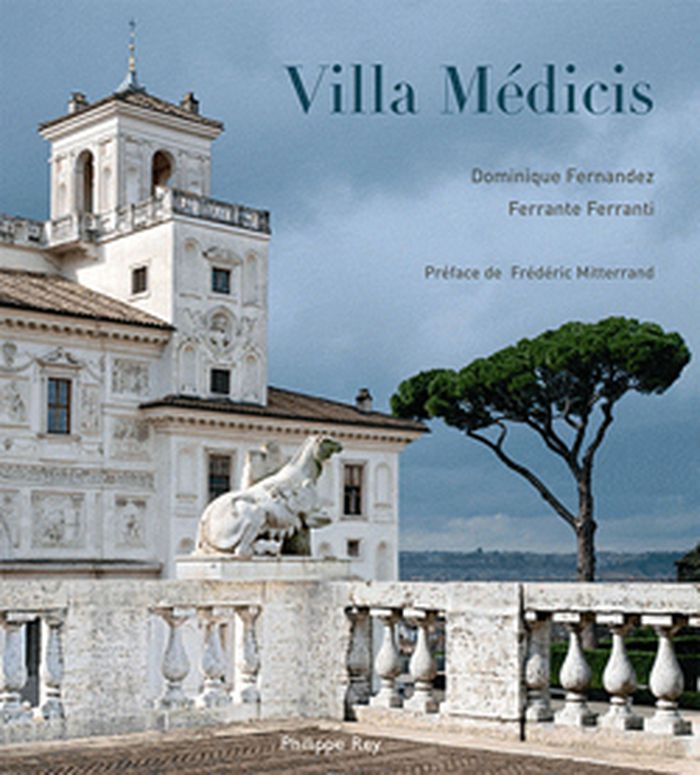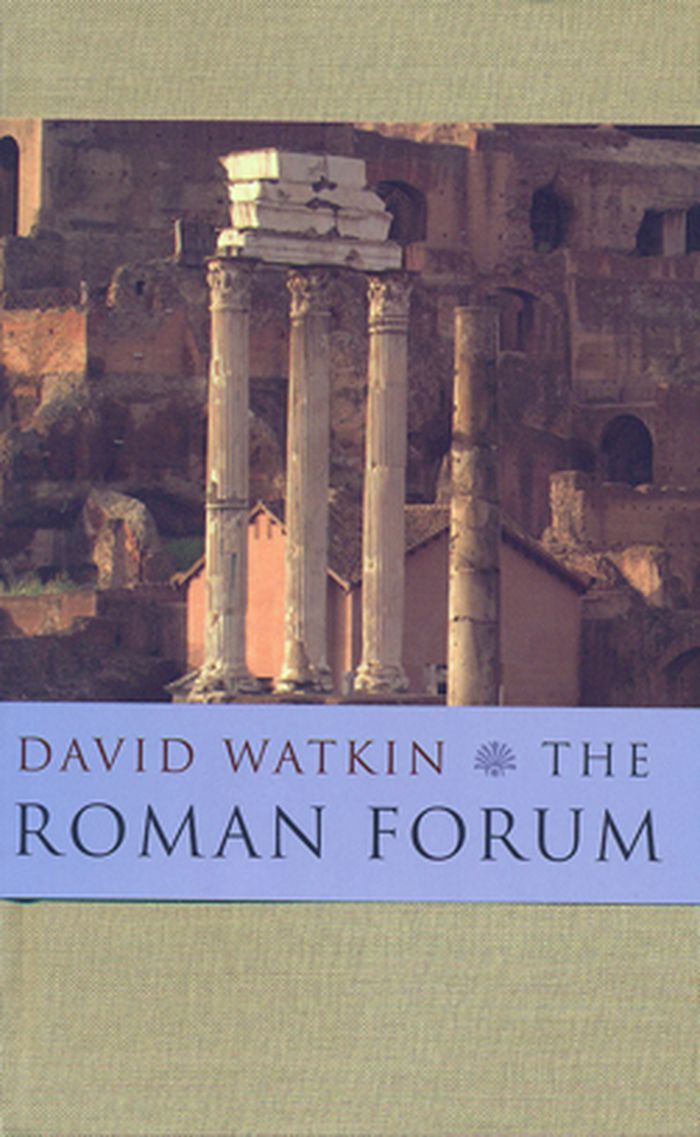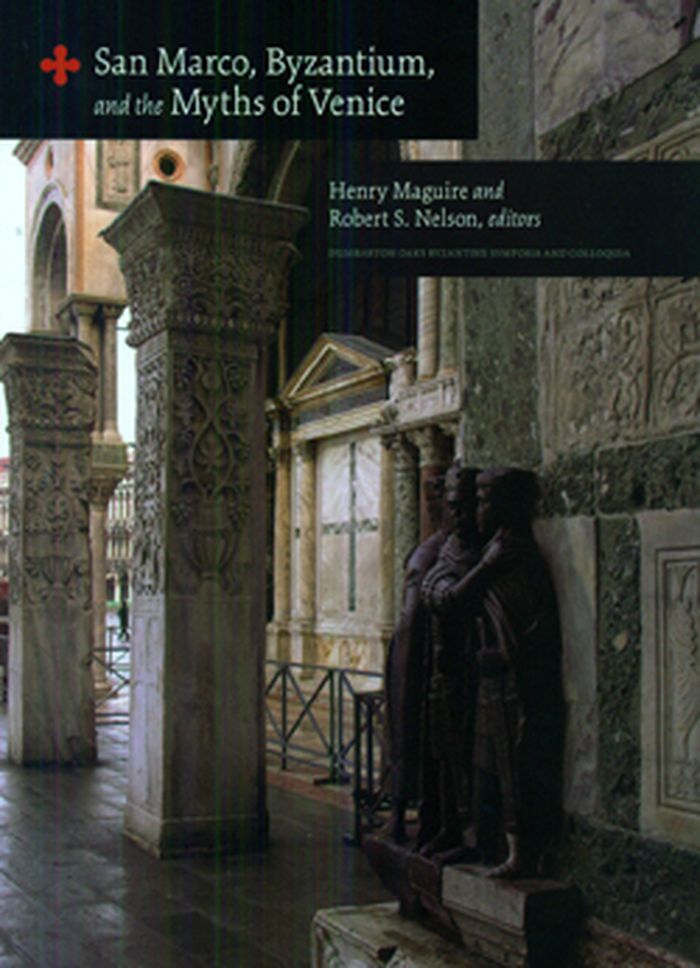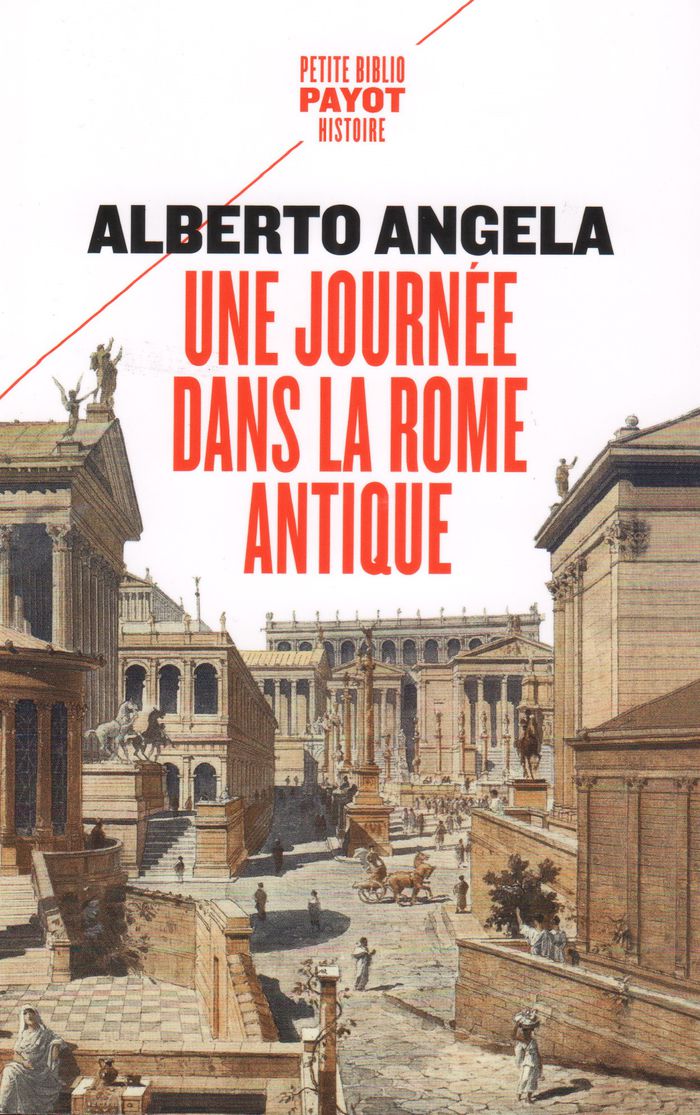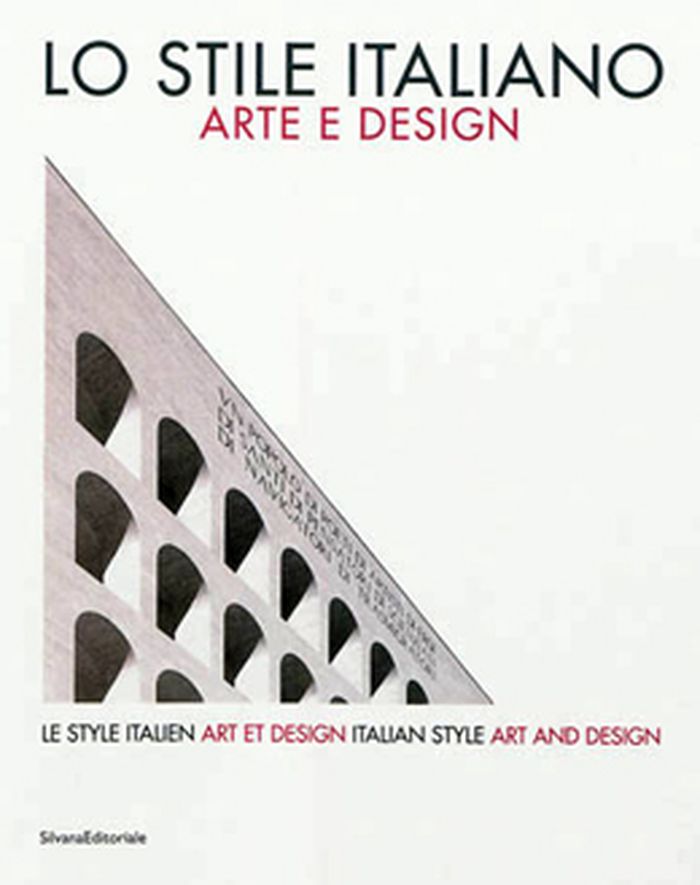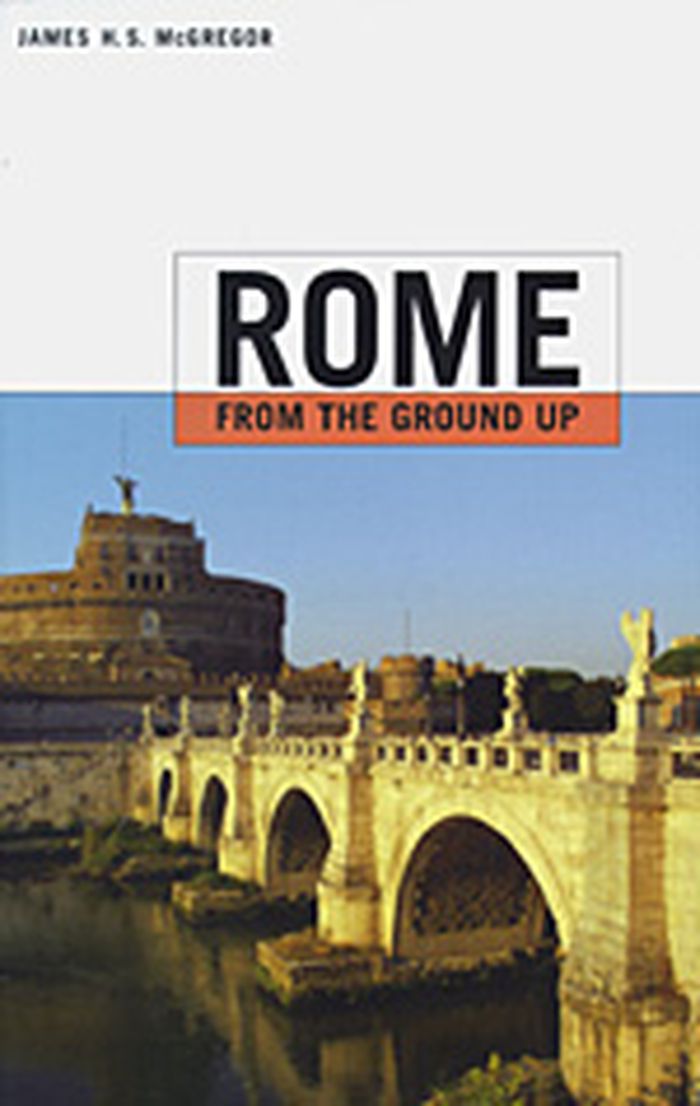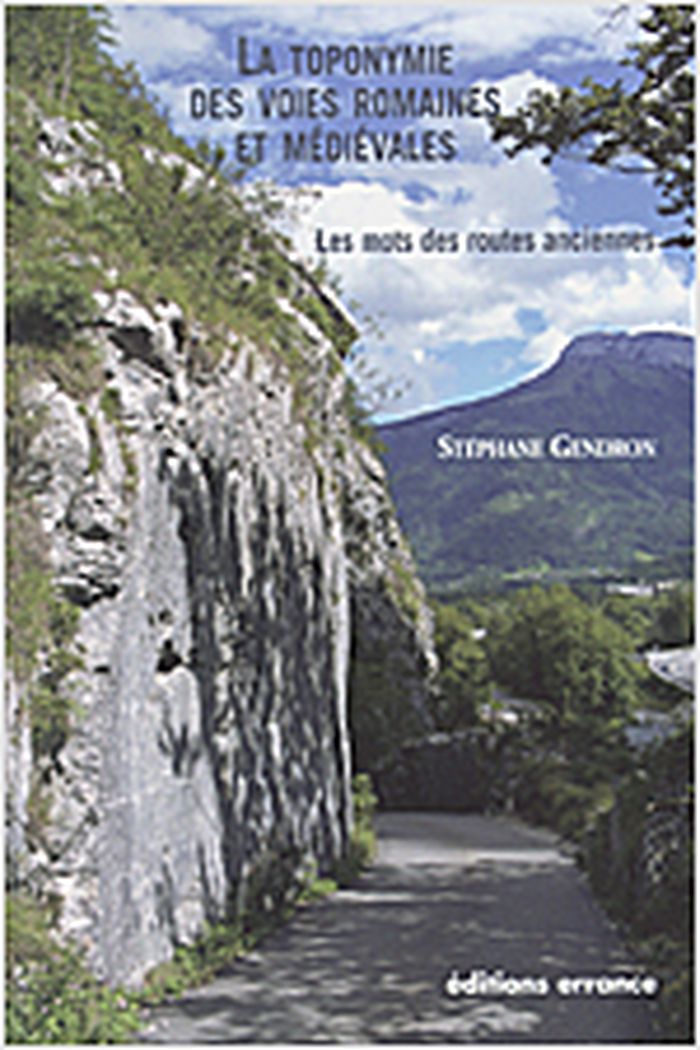$29.00
(available to order)
Summary:
This book brings to life the story of the construction of some of the most outstanding early Renaissance buildings in Venice. Through a series of individual case studies, Richard J. Goy explores how and why buildings came to be built. He addresses the practical issues of constructing such buildings as the Torre dell’Orologio in Piazza San Marco, the Arsenale Gate, and the(...)
History until 1900, Italy
June 2006, New Haven / London
Building Renaissance Venice : patrons, architects and builders c. 1430-1500
Actions:
Price:
$29.00
(available to order)
Summary:
This book brings to life the story of the construction of some of the most outstanding early Renaissance buildings in Venice. Through a series of individual case studies, Richard J. Goy explores how and why buildings came to be built. He addresses the practical issues of constructing such buildings as the Torre dell’Orologio in Piazza San Marco, the Arsenale Gate, and the churches of Santa Maria della Carita and San Zaccaria, focusing particular attention on the process of patronage. The book traces the complete process of creating important buildings, from the earliest conception in the minds of the patrons—the Venetian state or other institutional patrons—through the choice of architect, the employment of craftsmen, and the selection of materials. In an interesting analysis of the participants’ roles, Goy highlights the emerging importance of the superintending master, the protomaestro.
History until 1900, Italy
The virtual tourist in Renaissance Rome: printing and collecting the speculum romanae magnificentiae
$25.00
(available to order)
Summary:
In 1540 Antonio Lafreri, a native of Besancon transplanted to Rome, began publishing maps and other printed images that depicted major monuments and antiquities in Rome. These prints - of statues and ruined landscapes, inscriptions and ornaments, reconstructed monuments and urban denizens - evoked ancient Rome and appealed to the taste for classical antiquity that defined(...)
The virtual tourist in Renaissance Rome: printing and collecting the speculum romanae magnificentiae
Actions:
Price:
$25.00
(available to order)
Summary:
In 1540 Antonio Lafreri, a native of Besancon transplanted to Rome, began publishing maps and other printed images that depicted major monuments and antiquities in Rome. These prints - of statues and ruined landscapes, inscriptions and ornaments, reconstructed monuments and urban denizens - evoked ancient Rome and appealed to the taste for classical antiquity that defined the Renaissance. \Collections of these prints came to be known as the "Speculum Romanae Magnificentiae", the "Mirror of Roman Magnificence." Published in conjunction with an exhibition of the University of Chicago Library's "Speculum Romanae Magnificentiae", the largest collection of its kind in the world, "The Virtual Tourist in Renaissance Rome" places these prints in their historical context and examines their publishing history. Editor Rebecca Zorach traces their journey from their creators and publishers to pilgrims, collectors, antiquarians, and dealers - "virtual tourists" who, over several centuries, revisited and reinvented the Renaissance image of Rome. A marvelous exploration of a rich collection of engravings and etchings, this illustrated volume will fascinate anyone interested in Renaissance Rome, the history of print collecting, the reception of antiquity, and tourism.
History until 1900, Italy
Villa Médicis
$84.95
(available to order)
Summary:
Où que l'on soit à Rome, il suffit de lever te regard, la villa Médicis trône au dernier étage avant le ciel. Reconstruite par le cardinal Ferdinand de Médicis au XVIe siècle, achetée par Napoléon au XIXe, siège de l'Académie de France à Rome, elle a toujours fasciné et intrigué ceux qui n'ont pu franchir ses hauts murs. Pour l'élaboration de cet ouvrage, la villa(...)
Villa Médicis
Actions:
Price:
$84.95
(available to order)
Summary:
Où que l'on soit à Rome, il suffit de lever te regard, la villa Médicis trône au dernier étage avant le ciel. Reconstruite par le cardinal Ferdinand de Médicis au XVIe siècle, achetée par Napoléon au XIXe, siège de l'Académie de France à Rome, elle a toujours fasciné et intrigué ceux qui n'ont pu franchir ses hauts murs. Pour l'élaboration de cet ouvrage, la villa Médicis s'est ouverte à Dominique Fernandez et Ferrante Ferranti : chambres d'apparat, appartements privés, salons, ateliers, Studiolo, façades sculptées, statues antiques, jardins ; aucun de ses trésors n'a été omis. On croisera aussi au fit des pages les grandes figures qui l'ont fréquentée : Chateaubriand, Corot, Ingres, Berlioz, Bizet, Debussy, Balthus, pensionnaires et directeurs qui, au cours des siècles - et aujourd'hui encore -, ont donné une âme à ce lieu célèbre. Un voyage dans la splendeur d'une des plus mystérieuses maisons au monde.
History until 1900, Italy
The Roman forum
$22.99
(available to order)
Summary:
One of the most visited sites in Italy, the Roman Forum is also one of the best-known wonders of the Roman world. Though a highpoint on the tourist route around Rome, for many visitors the site can be a baffling disappointment. Several of the monuments turn out to be nineteenth- or twentieth-century reconstructions, while the rubble and the holes made by archaeologists(...)
The Roman forum
Actions:
Price:
$22.99
(available to order)
Summary:
One of the most visited sites in Italy, the Roman Forum is also one of the best-known wonders of the Roman world. Though a highpoint on the tourist route around Rome, for many visitors the site can be a baffling disappointment. Several of the monuments turn out to be nineteenth- or twentieth-century reconstructions, while the rubble and the holes made by archaeologists have an unclear relationship to the standing remains, and, to all but the most skilled Romanists, the Forum is an unfortunate mess.
History until 1900, Italy
$63.95
(available to order)
Summary:
The church of San Marco of Venice has long played a central role in Venetian political, ceremonial, and religious life. Its renowned assemblage of mosaics, sculpture, metalwork, and reliquaries are, in origin, Roman, Byzantine, Venetian, or Venetian imitation of Byzantine designs. In San Marco, Byzantium, and the Myths of Venice, the authors assess the significance of the(...)
History until 1900, Italy
December 2010
San Marco, Byzantium, and the myths of Venice
Actions:
Price:
$63.95
(available to order)
Summary:
The church of San Marco of Venice has long played a central role in Venetian political, ceremonial, and religious life. Its renowned assemblage of mosaics, sculpture, metalwork, and reliquaries are, in origin, Roman, Byzantine, Venetian, or Venetian imitation of Byzantine designs. In San Marco, Byzantium, and the Myths of Venice, the authors assess the significance of the embellishment of the church and its immediate surroundings, especially during the thirteenth and fourteenth centuries, when most of the Byzantine material was acquired, largely from Constantinople. The church and its decoration are studied in relation to Venice’s interests abroad and on mainland Italy. The authors address the diverse styles, sources, meanings, and significance of this art, both individually and as an ensemble. Building upon developments in scholarship since Otto Demus’s masterly studies of the church, the book offers new insights into the inspiration, purposes, and mutability of San Marco and the myths that inspired and motivated Venetians.
History until 1900, Italy
$17.95
(available to order)
Summary:
Une journée dans la Rome antique sous le règne de Trajan, quart d'heure par quart d'heure, par l'auteur d'«Empire» et des «Trois Jours de Pompéi» après ces deux succès et avec un même talent de conteur, Alberto Angela immerge si bien ses lecteurs dans l'Antiquité romaine qu'il fait presque d'eux des Romains afin qu'ils la comprennent mieux. Un livre qui s'est vendu à plus(...)
Une journée dans la Rome antique
Actions:
Price:
$17.95
(available to order)
Summary:
Une journée dans la Rome antique sous le règne de Trajan, quart d'heure par quart d'heure, par l'auteur d'«Empire» et des «Trois Jours de Pompéi» après ces deux succès et avec un même talent de conteur, Alberto Angela immerge si bien ses lecteurs dans l'Antiquité romaine qu'il fait presque d'eux des Romains afin qu'ils la comprennent mieux. Un livre qui s'est vendu à plus de 500 000 ex. en Italie.
History until 1900, Italy
$53.95
(available to order)
Summary:
Ce catalogue se parcourt comme un récit, comme une partition, une composition d'auteur qui s'adresse tout particulièrement aux nouvelles générations, les plus jeunes, celles qui - comme le disait Bruno Munari - représentent le futur. La Massimo & Sonia Cirulli Archive, fondée à New York en 1985, a pour objet le made in Italy au XXe siècle à travers l'art, le design, la(...)
March 2012
Lo stile italiano : arte e design / Le style italien : art et design / Italian style : art and design
Actions:
Price:
$53.95
(available to order)
Summary:
Ce catalogue se parcourt comme un récit, comme une partition, une composition d'auteur qui s'adresse tout particulièrement aux nouvelles générations, les plus jeunes, celles qui - comme le disait Bruno Munari - représentent le futur. La Massimo & Sonia Cirulli Archive, fondée à New York en 1985, a pour objet le made in Italy au XXe siècle à travers l'art, le design, la publicité et la photographie. Avec plus de deux cent mille oeuvres, elle est considérée comme la plus importante archive historique privée d'art italien. Depuis plus de vingt ans, elle poursuit sa mission en racontant l'Italie et le faire italien dans les musées du monde entier.
books
Venice and the East
$96.00
(available to order)
Summary:
This lively and richly illustrated book investigates the influence of oriental trade and travel on medieval Venice and its architecture. Architectural historian Deborah Howard examines the experiences of Venetian merchants overseas, focusing on links (...)
October 2000, New Haven
Venice and the East
Actions:
Price:
$96.00
(available to order)
Summary:
This lively and richly illustrated book investigates the influence of oriental trade and travel on medieval Venice and its architecture. Architectural historian Deborah Howard examines the experiences of Venetian merchants overseas, focusing on links with Egypt, Syria, and Palestine, as well as with Persia and the Silk Route. She argues that many Venetians gained insight into Islamic culture through personal contacts with their Muslim trading partners. Based on wide-ranging multidisciplinary research, this book examines the mechanisms that governed the exchange of visual culture across ideological boundaries before the age of printing. Howard explores a range of building types that reflect the impact of Islamic imagery, paying special attention to two icon buildings, San Marco and the Palazzo Ducale. She considers the complexities of importing Muslim ideas to an unambiguously Christian city, itself the point of embarkation for pilgrims to the Holy Land.
books
October 2000, New Haven
Rome from the ground up
$37.50
(available to order)
Summary:
Rome is not one city but many, each with its own history unfolding from a different center: now the trading port on the Tiber; now the Forum of antiquity; the Palatine of imperial power; the Lateran Church of Christian ascendancy; the Vatican; the Quirinal palace. Beginning with the very shaping of the ground on which Rome first rose, this book conjures all these cities,(...)
Rome from the ground up
Actions:
Price:
$37.50
(available to order)
Summary:
Rome is not one city but many, each with its own history unfolding from a different center: now the trading port on the Tiber; now the Forum of antiquity; the Palatine of imperial power; the Lateran Church of Christian ascendancy; the Vatican; the Quirinal palace. Beginning with the very shaping of the ground on which Rome first rose, this book conjures all these cities, past and present, conducting the reader through time and space to the complex and shifting realities - architectural, historical, political, and social - that constitute Rome.
History until 1900, Italy
$51.50
(available to order)
Summary:
Si les Gaulois et leurs prédécesseurs avaient établi des axes de communication à travers l'Europe, les Romains furent célèbres pour l'implantation systématique de réseaux routiers dont héritera le Moyen Age. Une route s'avère souvent un monument important aux yeux de la population, plus que les temples ou les théâtres. Elles traversent des territoires, sont utilisées pour(...)
La toponymie des voies romaines et médiévales : les mots des routes anciennes
Actions:
Price:
$51.50
(available to order)
Summary:
Si les Gaulois et leurs prédécesseurs avaient établi des axes de communication à travers l'Europe, les Romains furent célèbres pour l'implantation systématique de réseaux routiers dont héritera le Moyen Age. Une route s'avère souvent un monument important aux yeux de la population, plus que les temples ou les théâtres. Elles traversent des territoires, sont utilisées pour la vie de tous les jours, comme elles marquent le paysage. Des constructions humaines, ce sont elles qui ont laissé le plus de mots dans la mémoire du sol et dans le souvenir des hommes. Des milliers de noms dans les campagnes se rattachent aux voies, aux auberges, aux ponts, aux gués. Suivre une voie ancienne ne correspond pas seulement à faire des kilomètres ; c'est aussi une remontée dans le temps. Les noms de lieux appartiennent à l'histoire et nous guident dans différents paysages, de l'époque gauloise à la fin du Moyen Age.
History until 1900, Italy
